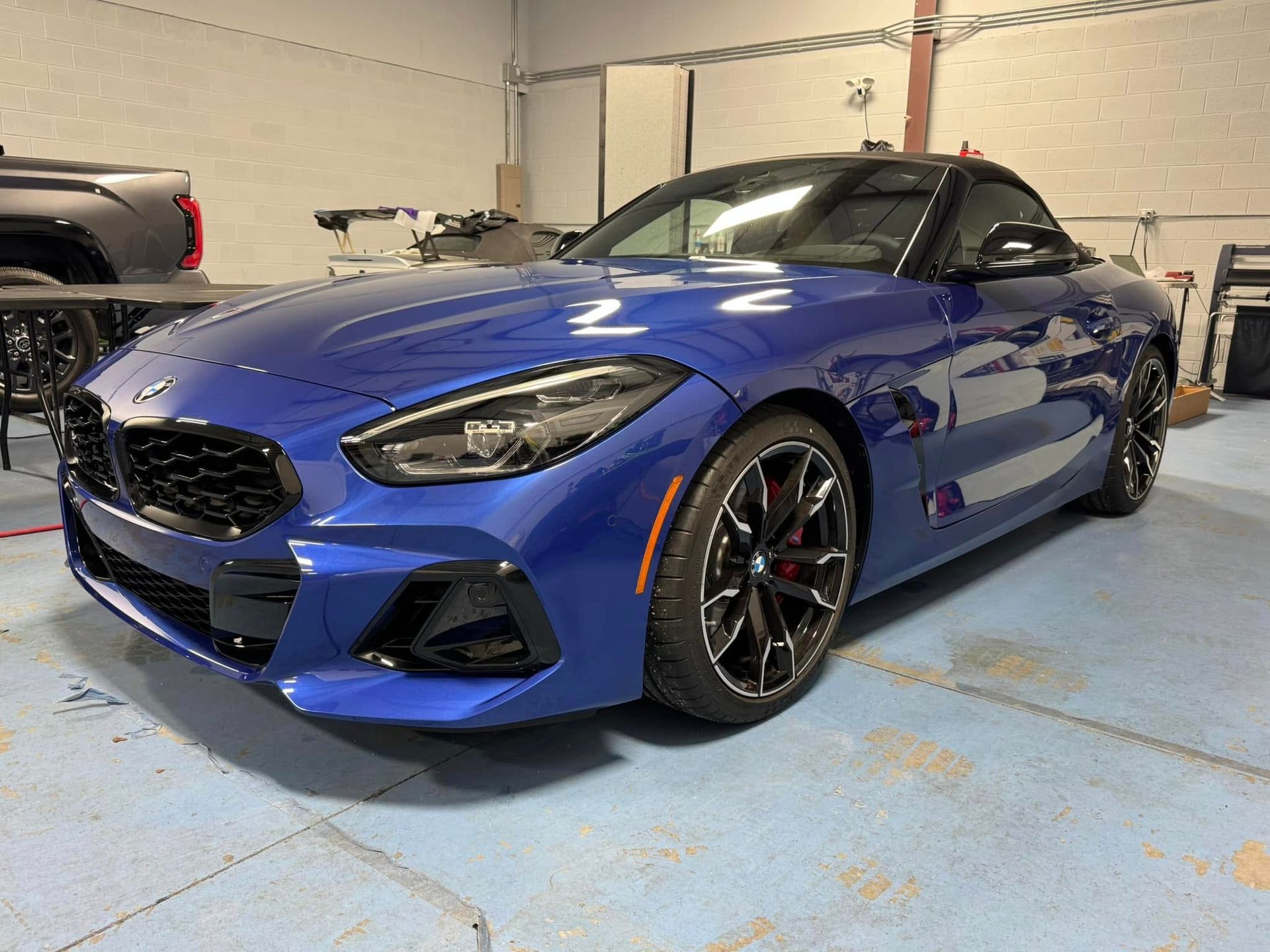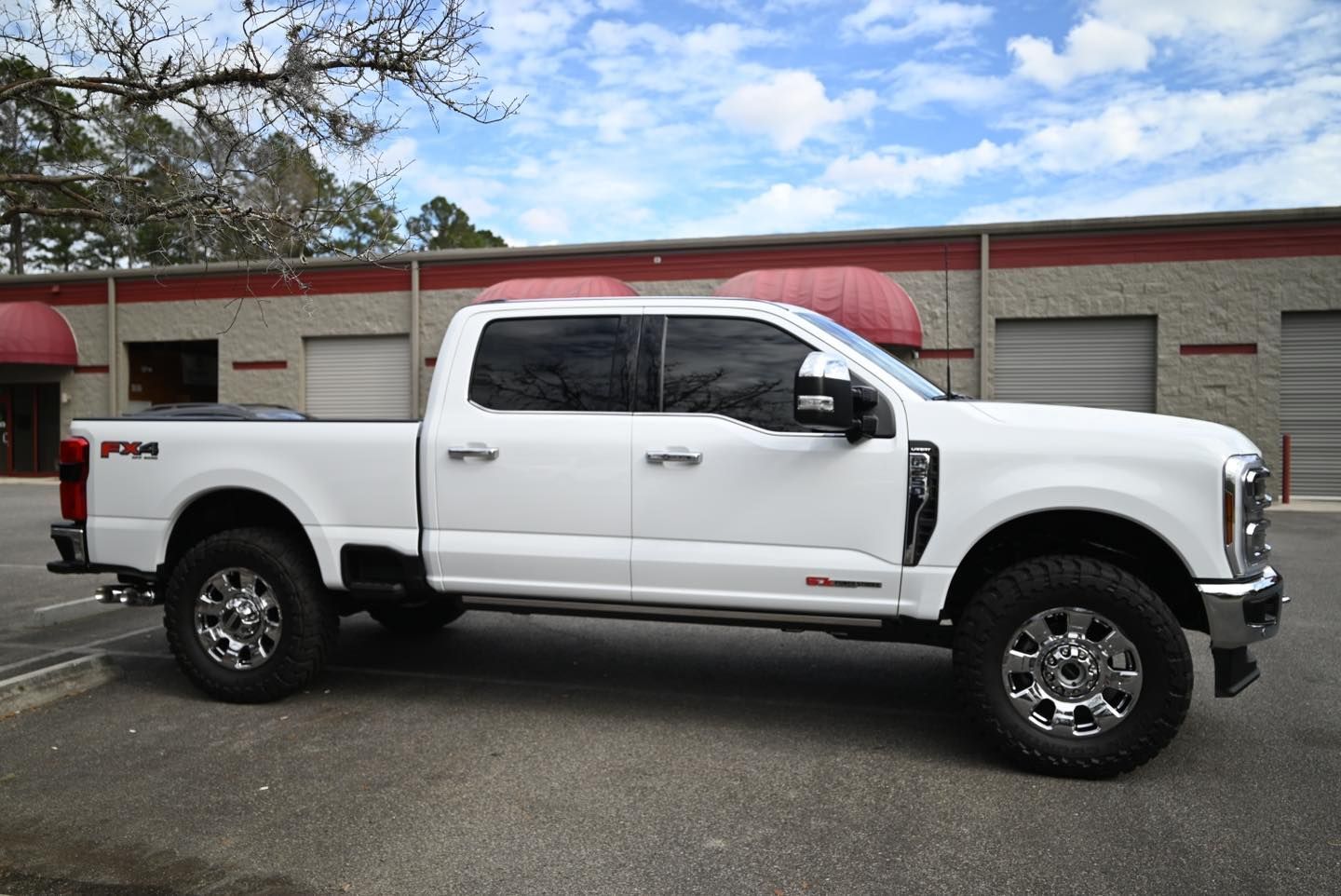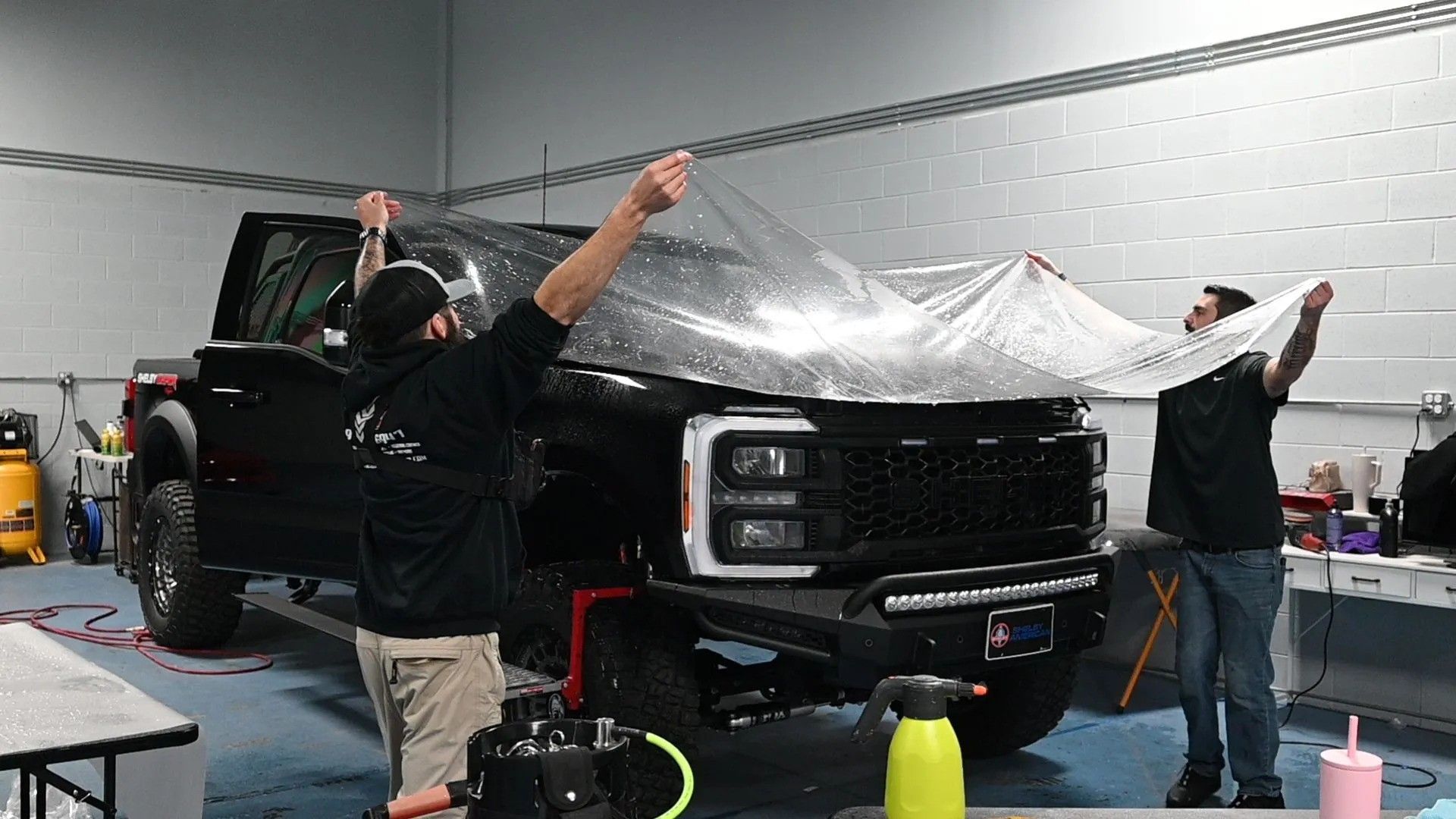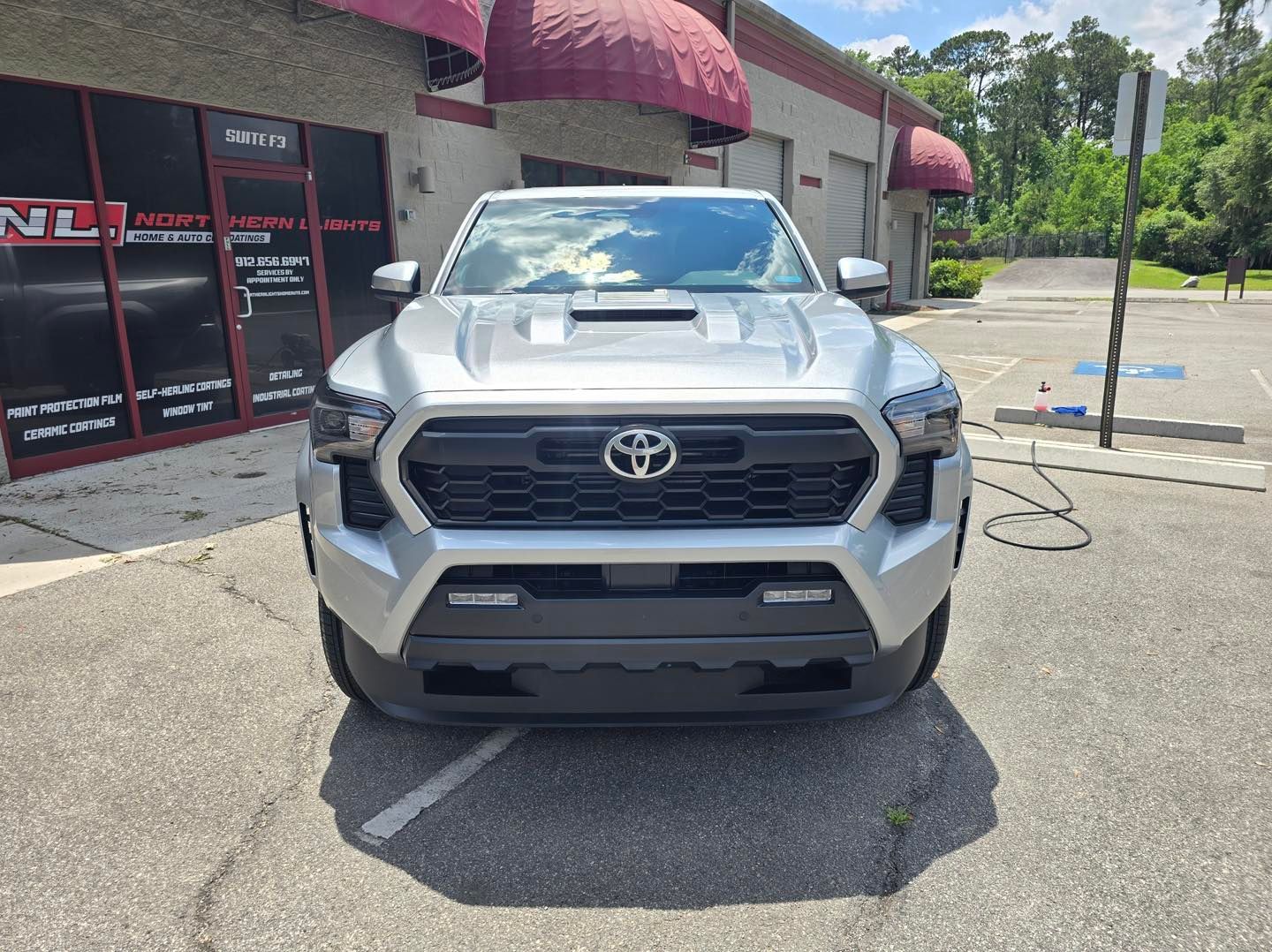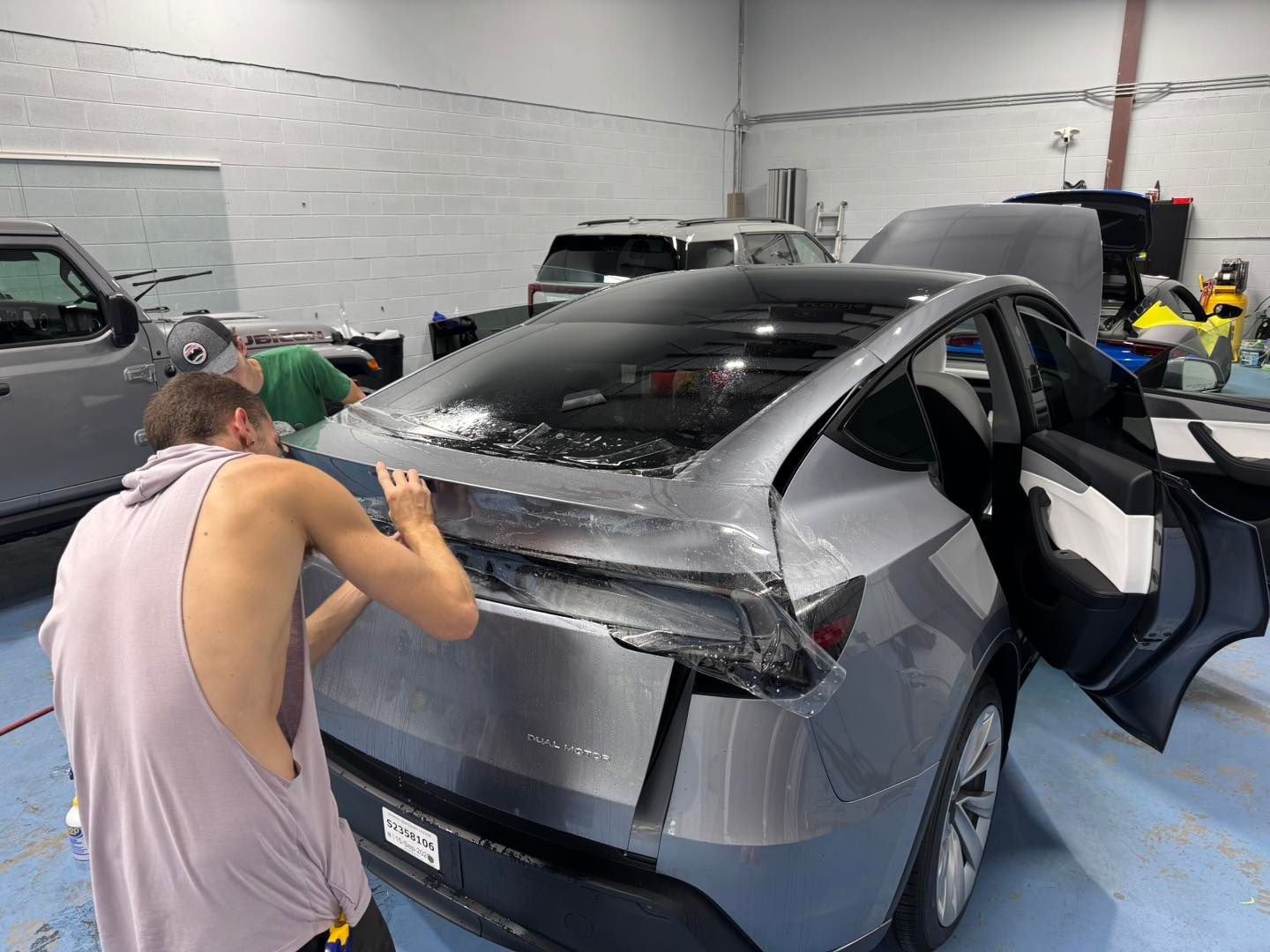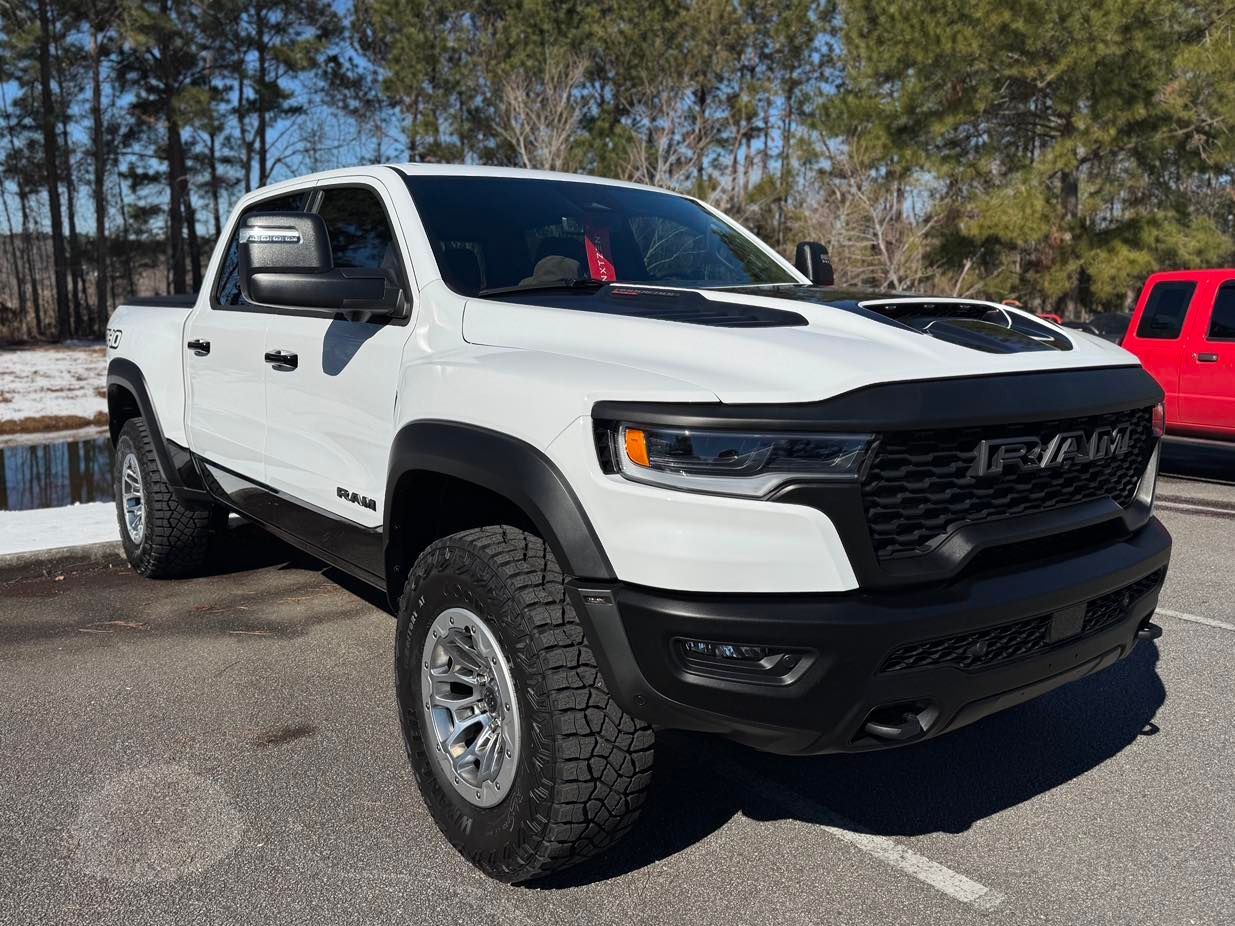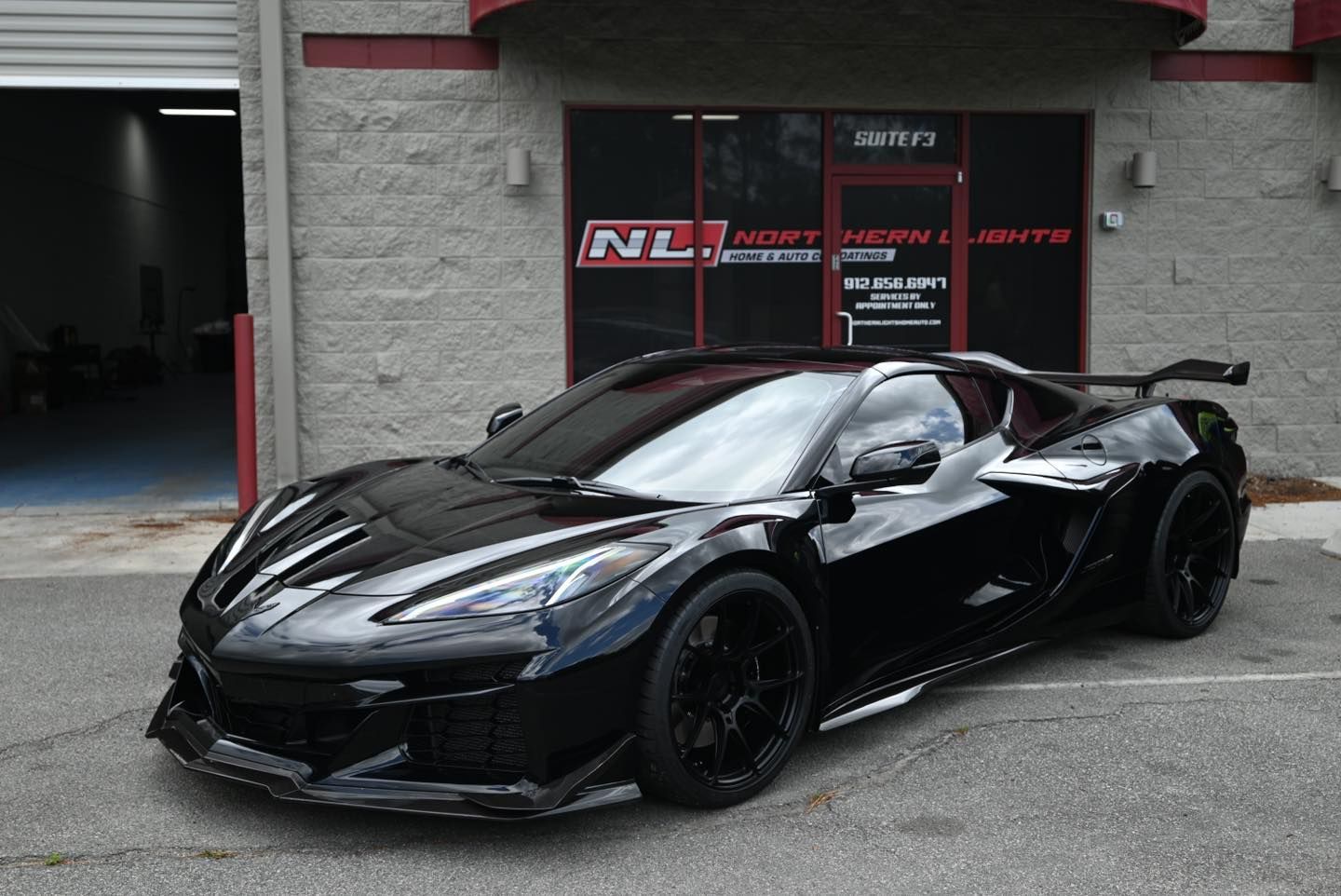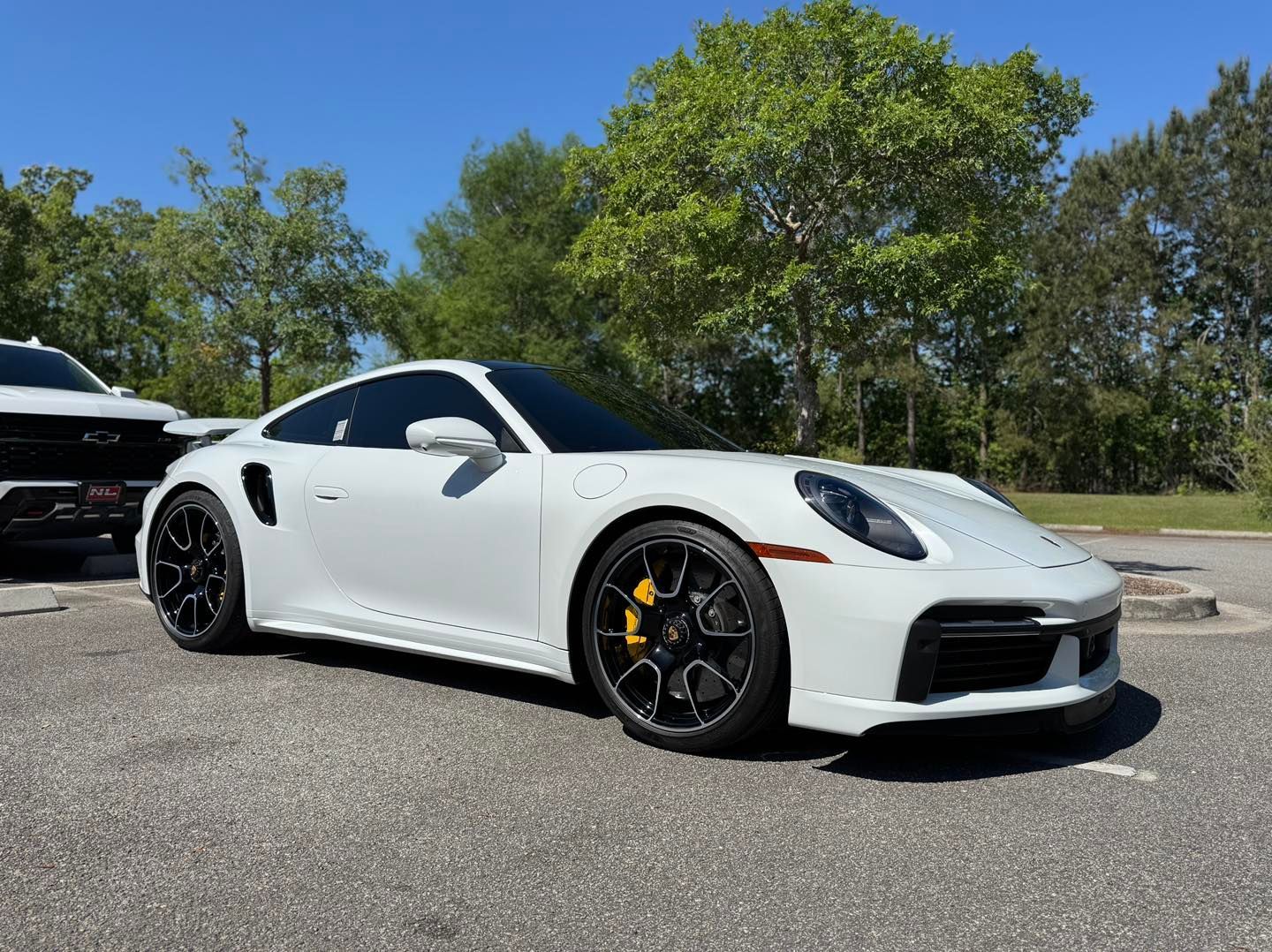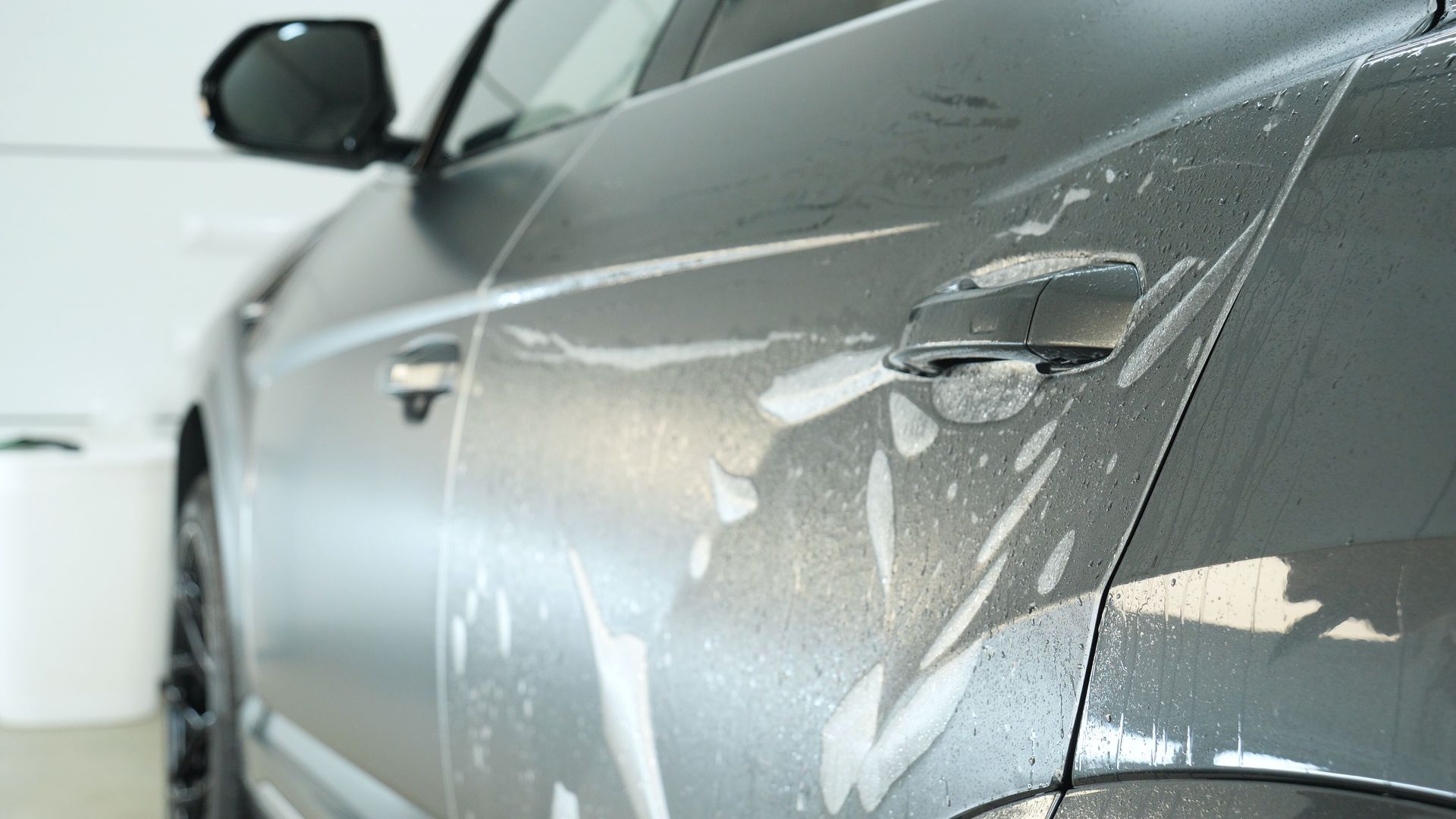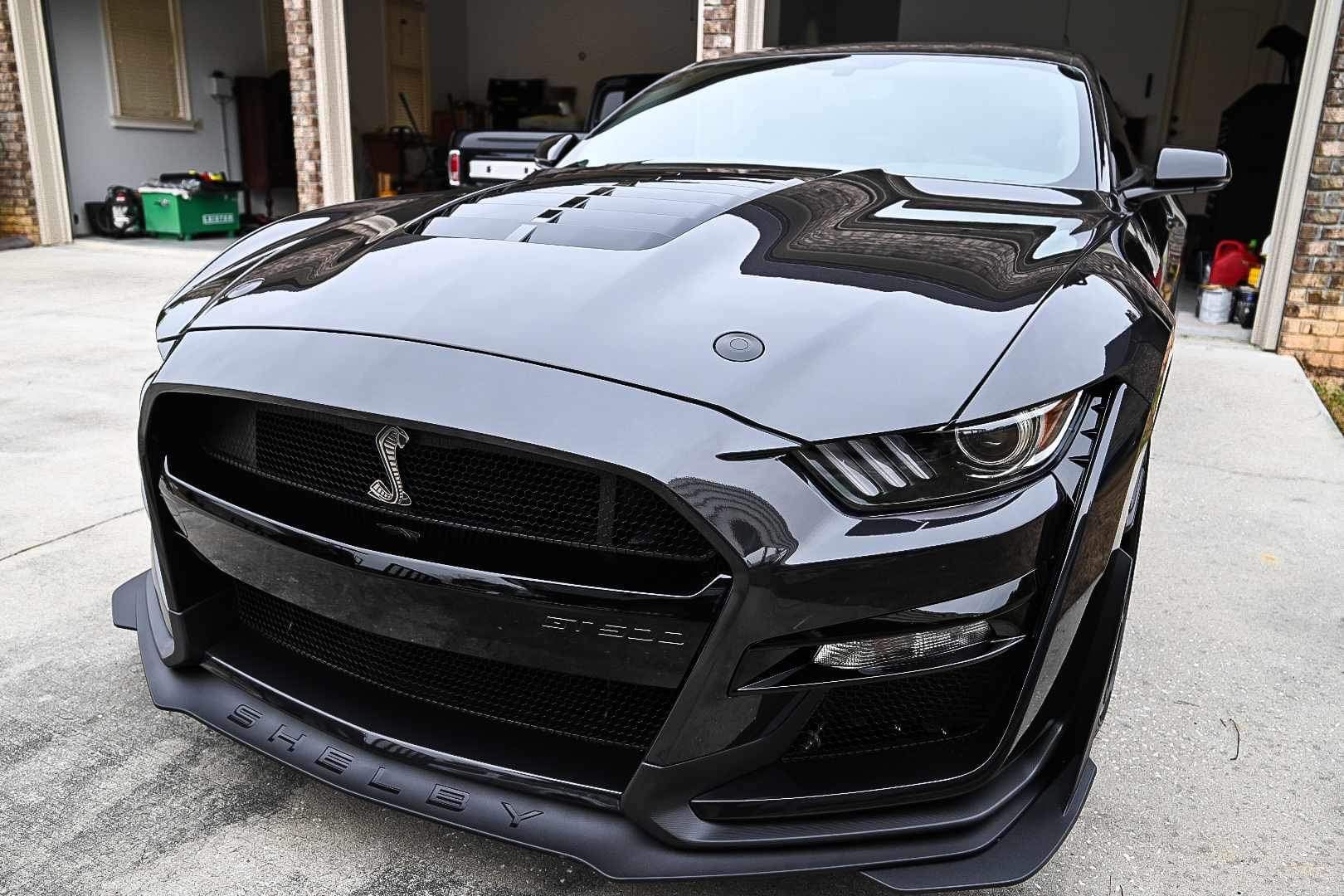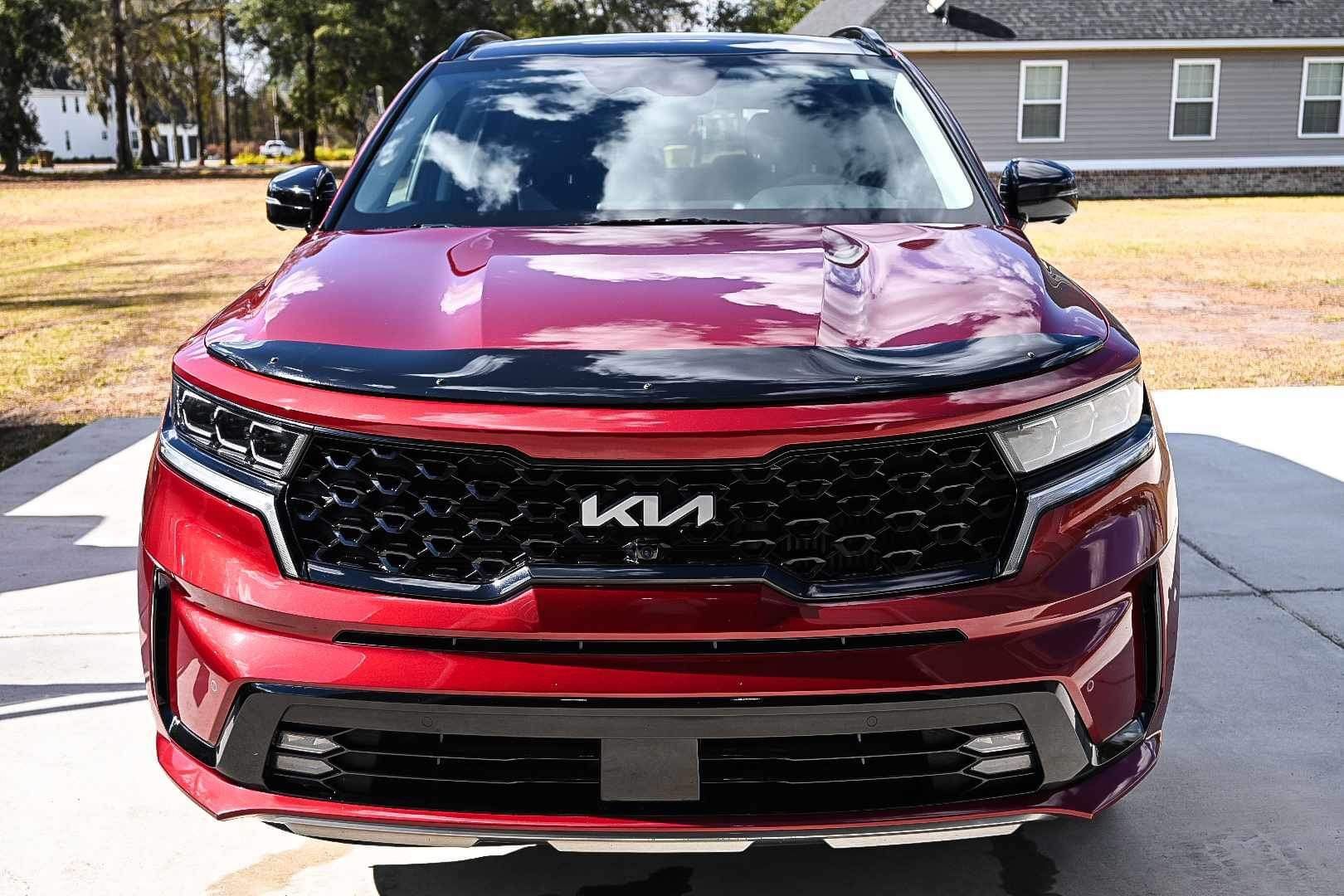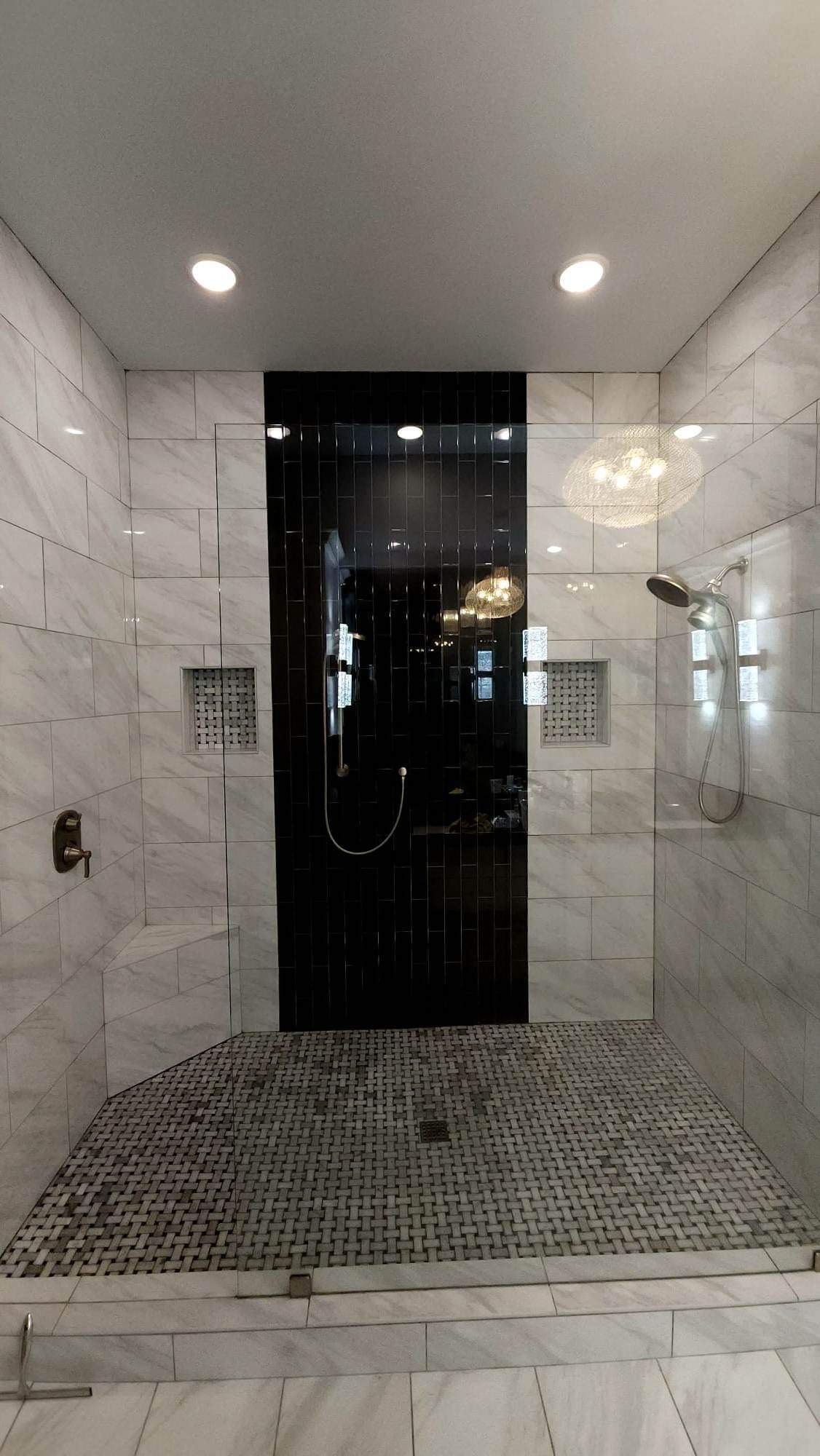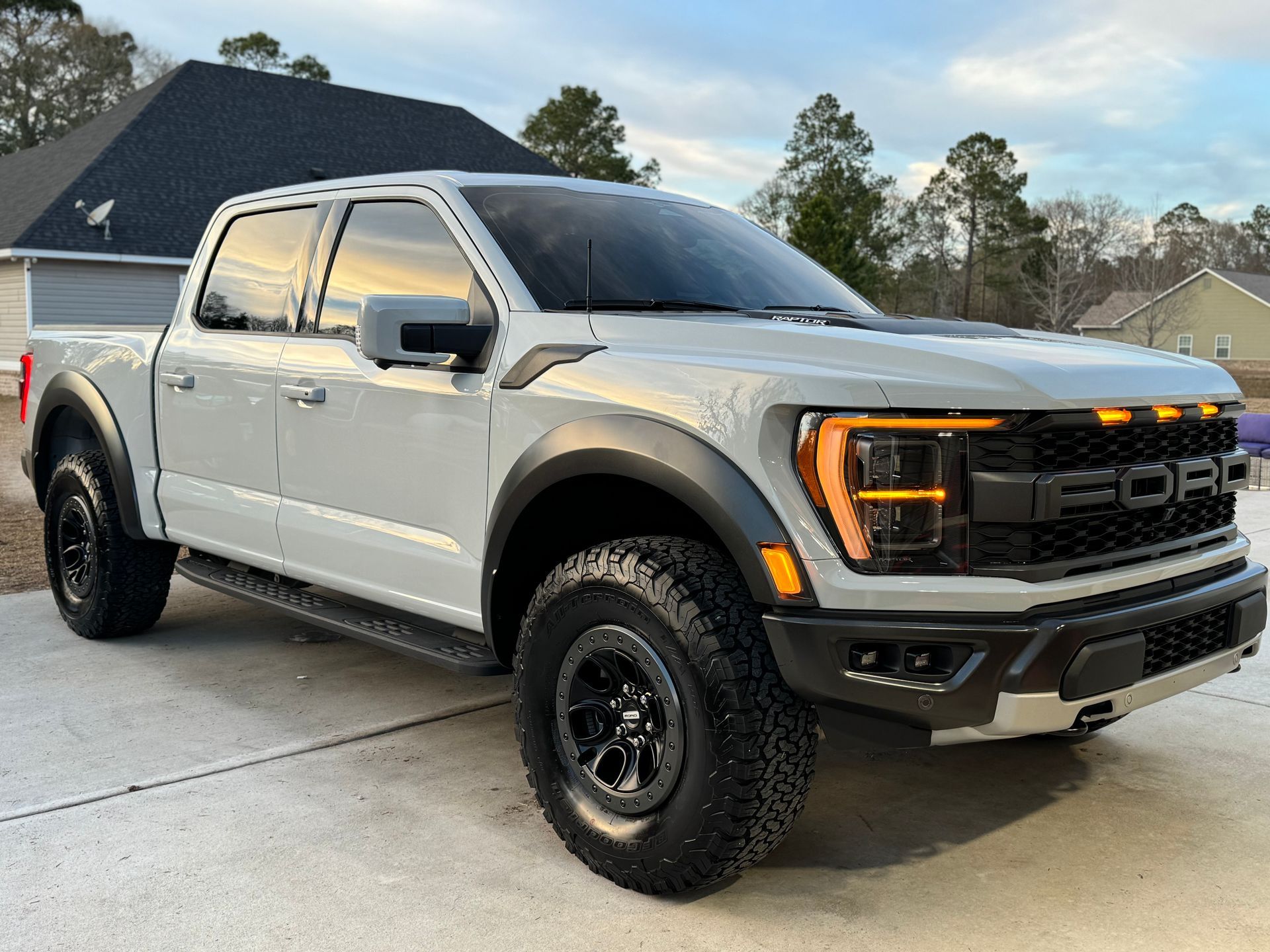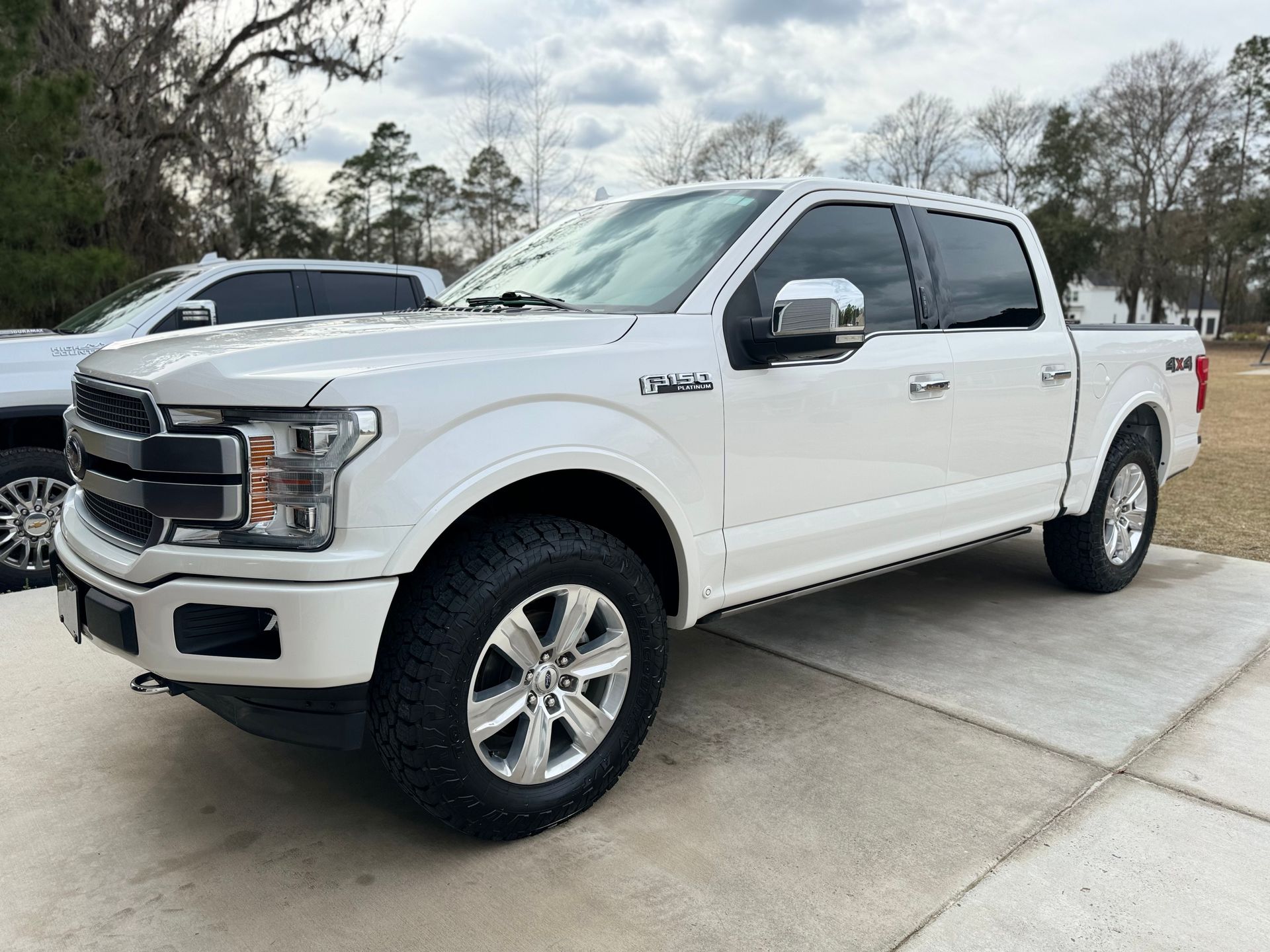Ceramic Coating Water Spots: Effective Removal Tips and Maintenance Guide
GET A FREE ESTIMATECALL (912) 656-6947
Ceramic coatings offer one of the most effective ways to protect and preserve your vehicle’s appearance. At Northern Lights Home & Auto Coatings, we specialize in high-end ceramic coating services that enhance your vehicle's shine.
However, even the most professionally applied coatings aren’t immune to one common issue: water spots. These spots—caused by mineral deposits in hard water or environmental pollutants—can dull your paint and compromise your coating’s hydrophobic properties if not handled properly. Fortunately, with proper care and professional guidance, water spots can be prevented and safely removed without damaging your investment.
This guide is designed to walk vehicle owners through:
- How and why water spots form on ceramic coatings
- Prevention techniques backed by real-world detailing expertise
- When to seek professional help
- Long-term maintenance tips to extend the life of your coating
Ceramic Coating Benefits
High-quality ceramic coatings serve as a formidable barrier against various environmental threats, such as bird droppings, tree sap, and road grime. Beyond mere protection, these coatings possess remarkable hydrophobic properties, meaning they allow water to bead up and roll off the surface effortlessly. This feature makes maintenance easier and minimizes dirt accumulation; however, it can lead to water spots if mineral-rich water is left to dry on the surface. This paradox highlights the dual nature of ceramic coatings—while they offer exceptional protection, they require diligent care. They also create visual depth and give you confidence knowing that your vehicle looks as excellent as it performs. The combination of protection and visual appeal makes ceramic coatings a worthwhile investment for any car enthusiast or practical owner alike.
For instance, many customers who have chosen Northern Lights Home & Auto Coatings for their ceramic coating application have reported a noticeable difference in their upkeep routine. With this advanced protective layer in place, they find themselves needing fewer washes and enjoying a less demanding maintenance process. This means more time spent on the road rather than worrying about detailing woes.
Additionally, while many manufacturers advertise different hardness ratings like 7H or 9H, users often discover that such ratings translate into varying levels of durability against daily wear and tear rather than a guarantee against all stains or damage.
To keep your vehicle looking its best, regular washing routines are essential—this helps remove contaminants before they can settle in and potentially damage that beautiful shine. Employing techniques like rinseless washes with products such as Optimum No Rinse can be helpful in encapsulating minerals during washing so future water spots are minimized.
Yet despite the benefits of having a ceramic coating, it's important to remain vigilant about care practices and be prepared to address any issues like water spots that may arise over time. Understanding the underlying factors contributing to these spots is fundamental for effective maintenance moving forward.
Common Causes of Water Spots
The primary culprit behind water spots is hard water, which contains high levels of minerals such as calcium and magnesium. When this type of water evaporates on your vehicle's surface, it leaves behind those stubborn mineral deposits we all dread. A startling 85% of American households experience hard water problems, according to the U.S. Geological Survey. This result means that if you're washing your car with regular tap water, you're likely contributing to the problem without even realizing it.
Interestingly, the average pH level of hard water hovers between 7.0 and 8.5, which can promote mineral buildup once the water evaporates. In contrast, rainfall can be equally problematic. Urban rainwater is problematic because it often carries pollutants that can lower its pH to as low as 4.0, resulting in additional types of etching and staining on ceramic coatings.
But it's not just hard water that's responsible for these pesky spots.
Contaminants
Imagine this scenario: you just finished washing your car, leaving it shiny and immaculate. However, unbeknownst to you, the water from your hose was hard water. Once those droplets dried on the surface, they left behind mineral residues that resisted simple washing and marred your vehicle's pristine finish. These remnants are less about the quality of your wash and more about the type of water you used.
Moreover, environmental factors contribute significantly to thwarting your efforts against spots as well. For instance, if you're using untreated tap water mixed with sediment or pollution, you might find even more challenges when caring for a ceramic-coated vehicle. Additional contaminants like bird droppings or tree sap can exacerbate the problem because they create ideal conditions for etching when they dry on surfaces.
This adds another layer of complexity; it's vital to understand how exposure to these contaminants affects your coating.
Each use of hard water or exposure to environmental elements without prompt care increases the likelihood of lasting damage, which can lead to costly repairs in the future. Regular washing isn't just helpful; it's essential for maintaining that immaculate look and prolonging the life of your ceramic coating—after all, prevention is far more economical than remediation!
Arming yourself with knowledge about effective removal techniques will only enhance your ability to keep your vehicle looking pristine going forward.
Prevention Tips for Water Spots
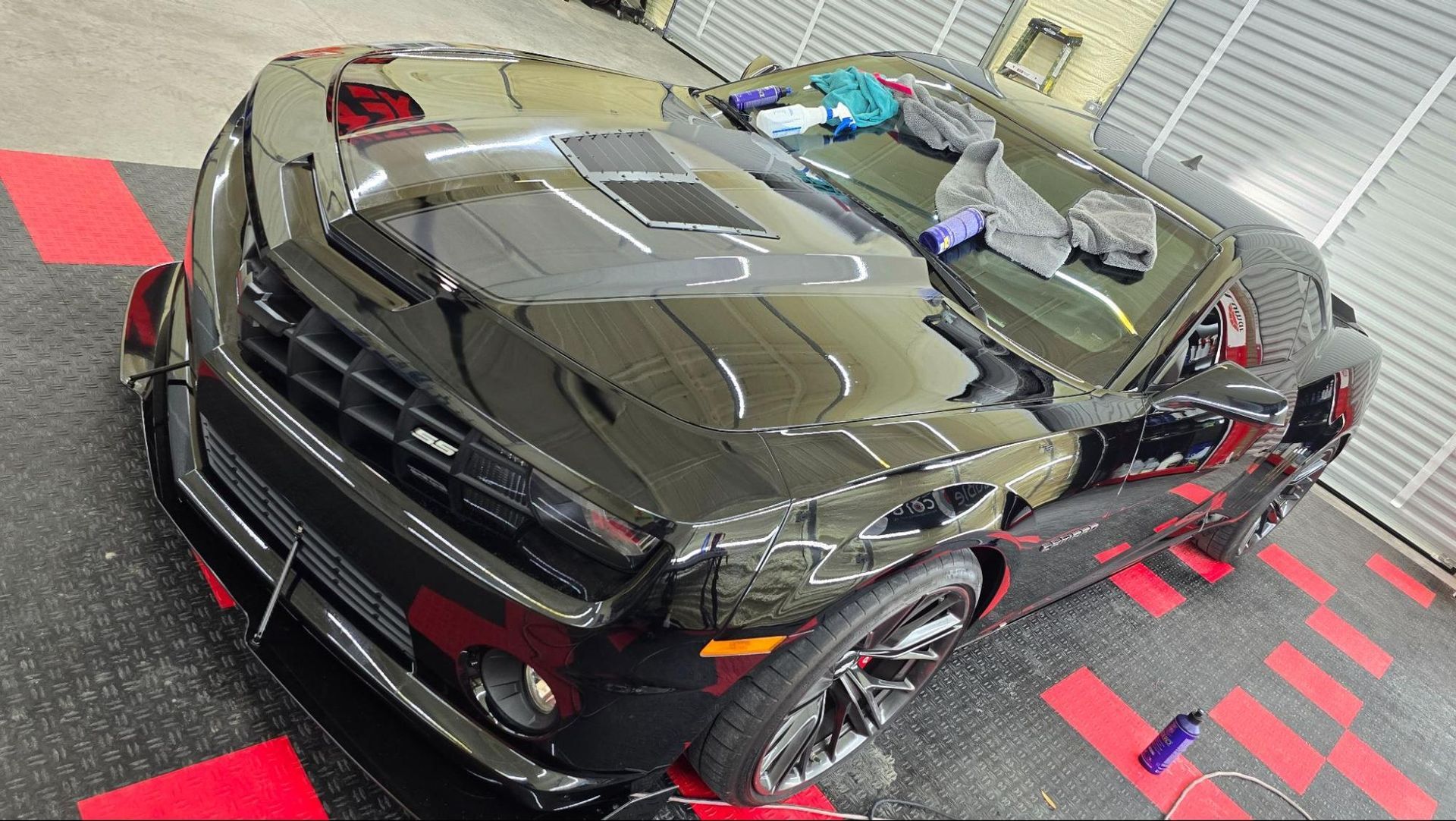
To sidestep the hassle of stubborn water spots forming on your beloved car, it's crucial to employ a mix of proactive and smart cleaning techniques. One of the simplest methods begins with using filtered water. Utilizing demineralized or distilled water when rinsing significantly diminishes the risk of mineral deposits settling on the surface.
In fact, studies show that implementing a straightforward inline water filter can reduce up to 98% of water hardness, making a noticeable difference in how clean your vehicle looks after washing. It’s amazing what a little preparatory care can do!
Another essential tip is to adopt quick-drying practices right after washing. Drying your vehicle immediately with a high-quality microfiber towel not only ensures a streak-free shine but also prevents leftover water from lingering and evaporating into unsightly spots.
If you find yourself short on time, consider investing in a vehicle drying aid—a spray that forms a barrier on the paint, allowing the towel to glide smoothly over the surface.
Now, what happens if you don't have access to soft water or can't dedicate time to properly dry your car? That's where things get a bit creative!
Try parking in shaded areas or garages after washing to minimize sun exposure while the car dries. When parked away from direct sunlight and heat, evaporation slows down, leading to fewer chances of those pesky hard water droplets drying up and leaving behind stains.
Exploring options like using rinseless washes can be beneficial as they help encapsulate minerals present in hard water during drying.
Lastly, it is recommended to avoid certain common products, like spray wax or harsh polishing compounds, that may obscure your ceramic coating's hydrophobic properties. Utilizing the wrong items could affect its performance and lead to more costly problems down the road.
By employing these practical tips for prevention, you're well on your way to safeguarding your investment and that brilliant finish. Let's now transition into effective techniques for removing spots that might already be there.
Professional Help for Severe Spots

When you find yourself facing severe water spots that refuse to budge, turning to professionals is often the smartest choice. Not only do they have access to advanced tools, but their expertise in handling various types of surface damage ensures your vehicle remains protected while undergoing treatment. For instance, Northern Lights Home & Auto Coatings specializes in targeted treatments that utilize professional-grade products designed specifically for removing mineral deposits from ceramic coatings.
Imagine a technician who has spent years honing their skills—experiencing every possible scenario of water spot buildup and learning the right remedies. This wealth of knowledge translates into precise identification of the type of stains affecting your vehicle. As they assess the situation, they can determine the most effective removal method tailored to the specific ceramics and finishes on your car.
A common concern among vehicle owners is whether hiring a professional will genuinely yield better results compared to DIY methods. The answer lies in the unique equipment and products exclusive to professional detailers. Top-tier services from specialists like Northern Lights Home & Auto Coatings involve techniques that go beyond simple scrubbing. They often utilize specialized machines combined with tailored cleaning agents that are gentle yet effective, ensuring the integrity of your ceramic coating remains intact.
To further illustrate the importance of professional involvement, consider this: Many high-end ceramic coatings incorporate unique technologies that enhance durability and gloss. However, mishandling even minor issues can compromise these features. By investing in a specialist, you're essentially safeguarding your investment, ensuring that those carefully applied coatings continue to perform as intended and remain spotless and radiant over time.
Regular Cleaning
One of the primary tools in this maintenance repertoire is washing your car regularly. We recommend scheduling washes every 1-2 weeks with a quality pH-neutral car shampoo. This type of soap protects the integrity of the coating while effectively cleaning off dirt and pollutants. Here’s what to keep in mind during your wash:
- Use pH-neutral soap to prevent breakdown of the coating.
- Always steer clear of automatic car washes; their brushes can create micro-abrasions that harm the surface.
- After washing, rinse thoroughly, ensuring no residue is left to cling to the surface before drying.
As you develop this washing habit, consider integrating thorough inspections into your routine as well.
Annual Checks
Scheduling annual checkups at Northern Lights Home & Auto Coatings provides an extra layer of assurance when it comes to maintaining your ceramic coating. During these appointments, professionals can assess the condition of your coating and recommend reapplication if necessary. This preemptive measure gives you peace of mind knowing that any potential issues can be addressed before they deepen into costly repairs.
To ensure continuous protection and an impressive shine for your vehicle, it's crucial to adhere to a regular maintenance schedule. For personalized assistance, consider reaching out to us at Northern Lights Home & Auto Coatings at (912) 656-6947 for expert help today!
